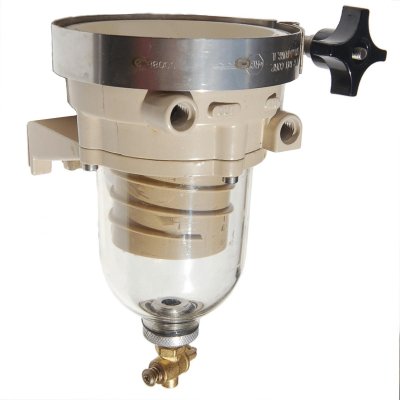Steve Puglisi
Member
Good morning all,
I'm Steve Puglisi and my bride, Kathy, and I are new to trawler life. We recently purchased a 1976 CHB 34 and have now piloted her down the Columbia River, up to Tacoma and just last month, our first ventures up to the San Juan Islands.
All good except. Twice now, engine failure. We suspect trouble in the fuel line somewhere. On both occasions we travelled 50 or 60 sea miles one day and on the following day, after 30 or so miles, the engine started to fail. It would always restart and I did learn that keeping the RPM's way down prevented further failure.
I replaced the fuel lift pump after the first breakdown and also replaced the secondary filters. Fuel was clean, filters were clean. Primary see-through bowl was clean.
Any thoughts would be appreciated.
Steve
I'm Steve Puglisi and my bride, Kathy, and I are new to trawler life. We recently purchased a 1976 CHB 34 and have now piloted her down the Columbia River, up to Tacoma and just last month, our first ventures up to the San Juan Islands.
All good except. Twice now, engine failure. We suspect trouble in the fuel line somewhere. On both occasions we travelled 50 or 60 sea miles one day and on the following day, after 30 or so miles, the engine started to fail. It would always restart and I did learn that keeping the RPM's way down prevented further failure.
I replaced the fuel lift pump after the first breakdown and also replaced the secondary filters. Fuel was clean, filters were clean. Primary see-through bowl was clean.
Any thoughts would be appreciated.
Steve


